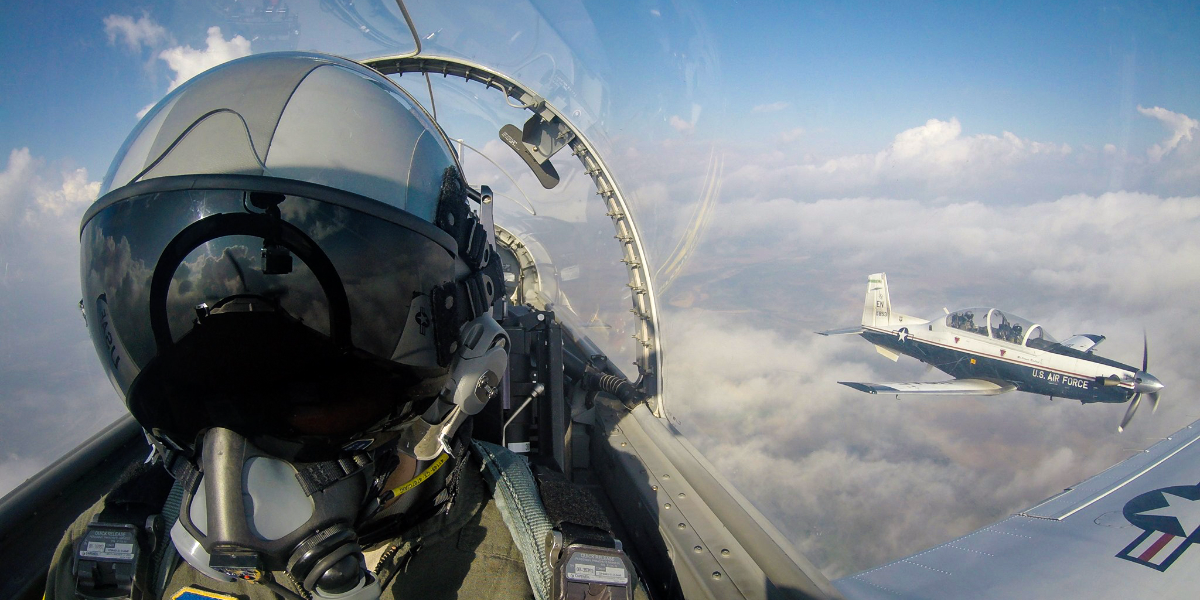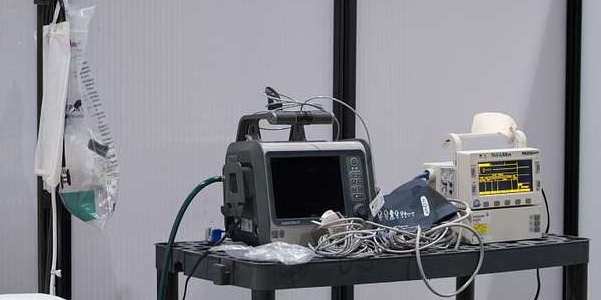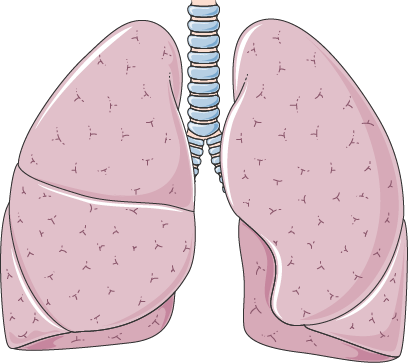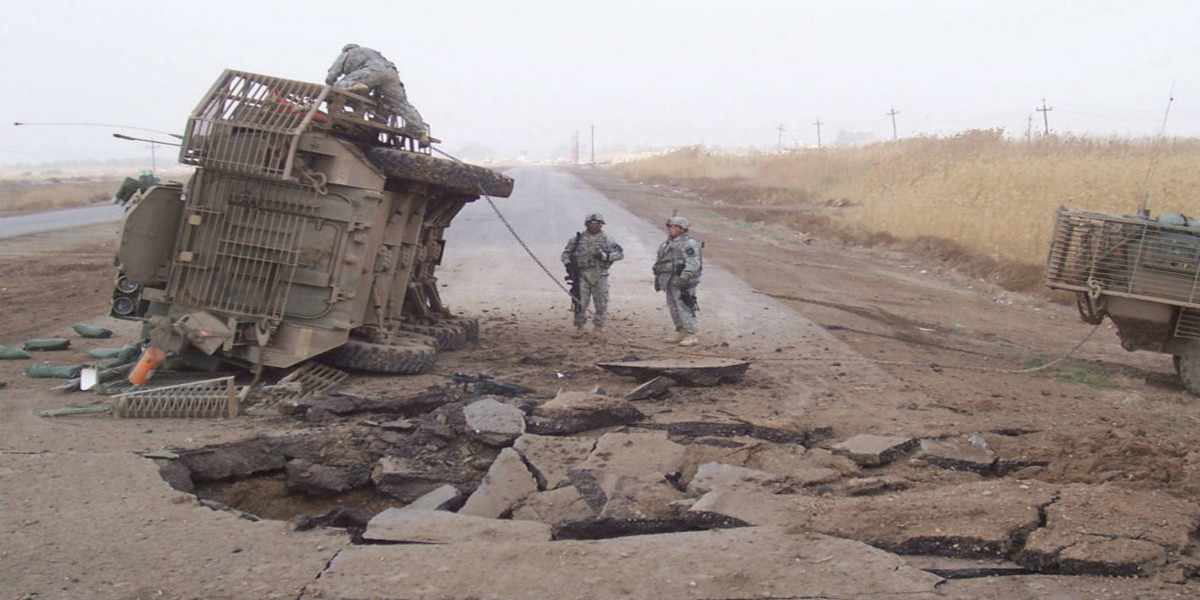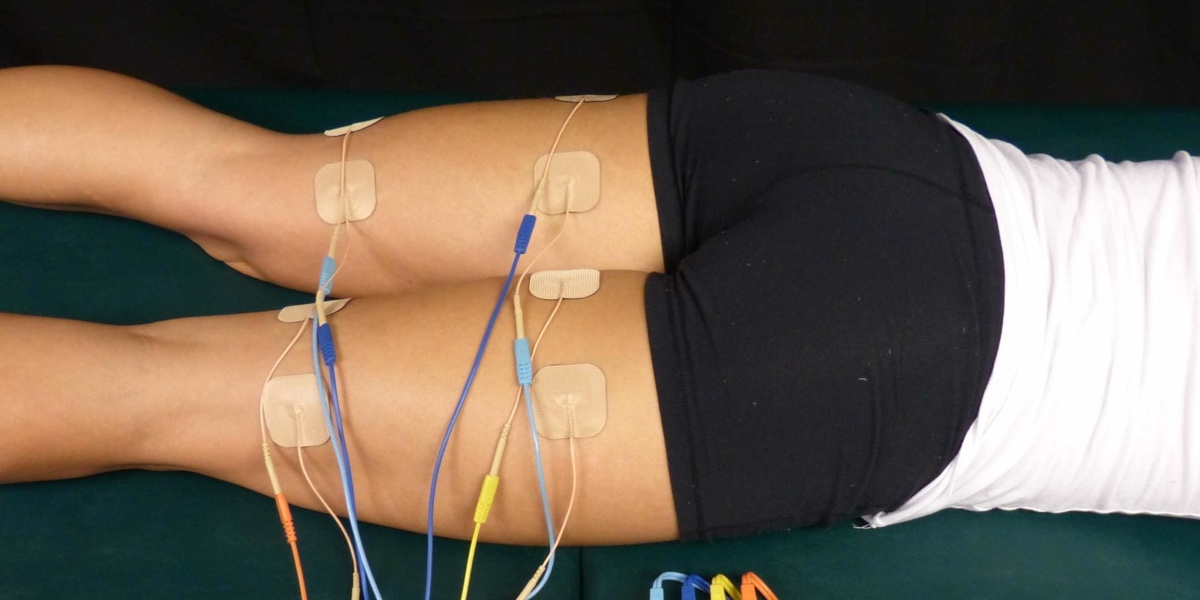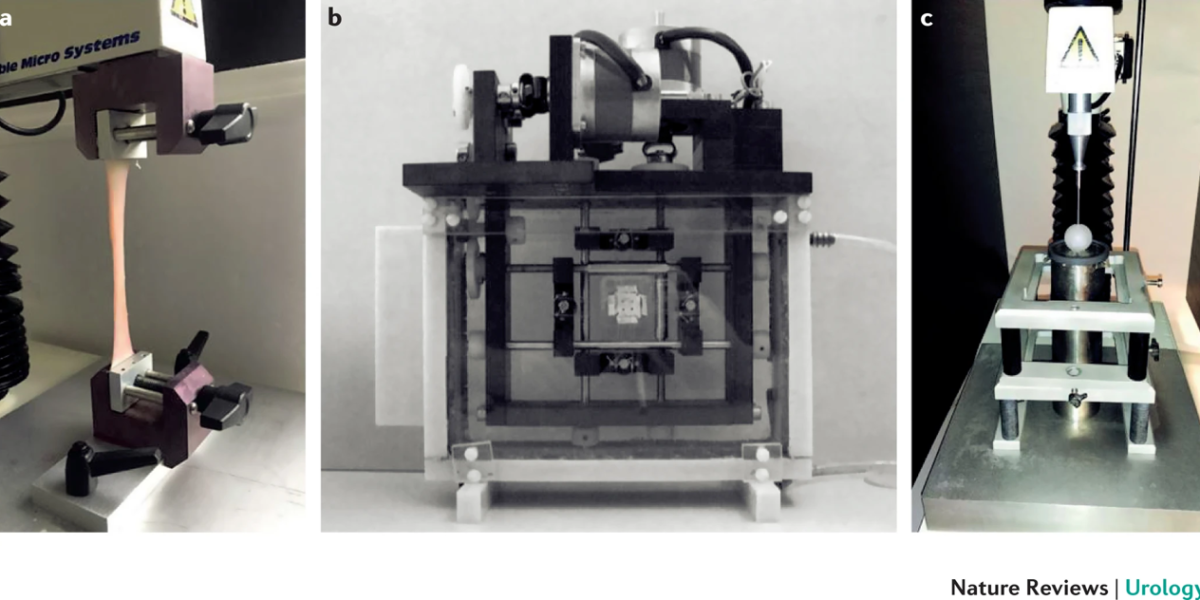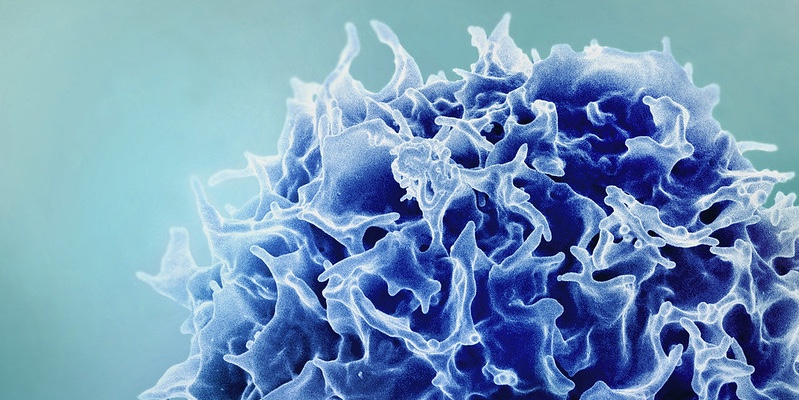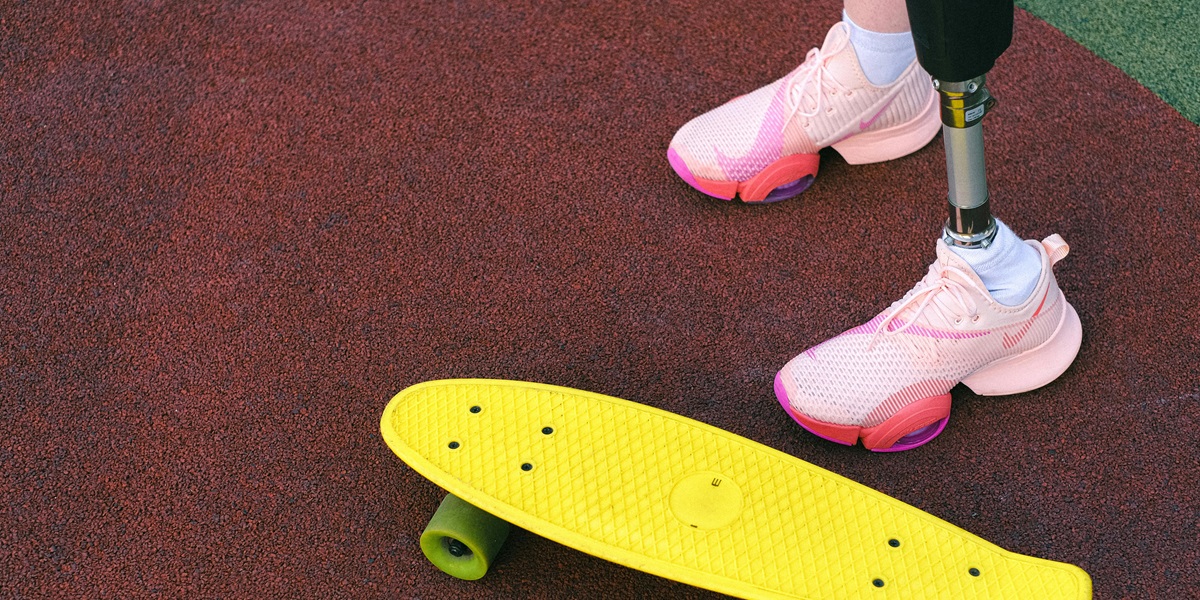Development of faster, more agile military aircraft is dependent on not only materials, fuel, and cost, it relies on pilots. Today, military aircraft force pilots to push their limits, constantly subjecting them to high G-forces, which can lead to hypoxia. Hypoxia occurs when the body does not get enough oxygen, causing symptoms that include unconsciousness, headaches, and tunnel vision.
Continue reading “Pulling G’s: The Forces that cause Fighter Pilots to go Unconscious Mid-Flight”Tag: humans
Ventilators: Know About Them Before You Need One
All jokes aside, our respiratory health is something most people take for granted every day. Quite literally, there is a colloquial phrase that exists to motivate people to do a task so often, that it comes as naturally as breathing. However, we do not control our breathing as much as this phrase suggests. In fact, when we are not paying attention, we do not control our breathing at all. Our autonomic nervous system performs the vital functions of inspiration and expiration for us of breathing in and breathing out. Without such a system, I surely would not want to fall asleep at night! But what happens when our respiratory health declines? How do we support people’s respiration when their bodies are not able to? Our answer is ventilators.
Continue reading “Ventilators: Know About Them Before You Need One”The Hidden Forces Behind Sickle Cells
Sickle cell disease is one of the most inherited blood disorders with around 100,000 people affected in the United States and millions more worldwide. Essentially, it is recognized by red blood cells (RBCs) that change from their flexible, biconcave shape to a rigid, sickle-like shape. But how do sickle cells affect blood flow and contribute to serious complications?
Continue reading “The Hidden Forces Behind Sickle Cells”IEDs in the Global War on Terror: A Long Road to Recovery
Since World War 2, The use of antipersonnel mines (APMs) have been a key factor in a nation’s military success. The most recent iteration of the APM is the improvised explosive device (IED) often seen in the Global War on Terror (GWOT), utilized by terrorist and guerrilla groups that do not have the manufacturing capabilities of an established military. IEDs have been proven to cause greater damage to their victims than conventional APMs, and the often resulting amputations call for a much more complicated rehabilitation process for service members.
Continue reading “IEDs in the Global War on Terror: A Long Road to Recovery”Power in Muscles
Power to many is control, electricity, or strength depending on what one is talking about. But to muscles, it involves all three. When at the gym and thinking that someone looks powerful they usually have a lot of muscle. However, to control or activate all that muscle and use their strength it requires electrical power.
Continue reading “Power in Muscles”Engineering Hope: Advancing Bladder Biomechanics for Life-Changing Solutions
In a quiet hospital room, a young girl sat by her father’s bedside, watching him shift uncomfortably, tethered to a catheter that had become both a necessity and a burden. Her father, once active and independent, had been struggling with spinal cord injury for years. The catheter, while helping him manage his bladder, came with its own set of complications. For people like her father, or those with neurogenic bladder disorder, intractable incontinence, or even bladder cancer, the loss of bladder function can feel like a never-ending cycle of discomfort and distress. Relying on catheters, while necessary, often leads to Catheter Associated Urinary Tract Infections (CAUTI), further worsening their condition and even accelerating disease progression.1
The Squish Factor Matters: How Cell Mechanics Impacts Immune Therapy Outcomes
Cell therapies are a new hot topic in the field of medicine, as they hold immense potential to cure various types of cancers by using a genetically modified cell from the patient to attack cancer cells in the body. This requires proper activation of the immune cell as well as a successful ability to bind to the cancer cell antigens.
Continue reading “The Squish Factor Matters: How Cell Mechanics Impacts Immune Therapy Outcomes”Communication is Hard, Especially in Space!
Immune Dysfunction Due to Cytokine Production in a Microgravity Environment
If a loved one told you that they are going to get the opportunity to go to the international space station, what immediate concerns would you have? Their safety and health would probably be the first two things that come to mind. Many people know that astronauts have to be in peak physical condition to go to space, and still when they come back to Earth astronauts can be weaker due to muscle and bone loss. What many people may be surprised to learn is that traveling to space and being exposed to microgravity can also affect their immune system.
Continue reading “Communication is Hard, Especially in Space!”Your ankle could replace your knee! – How Rotationplasty gives ankles new function.
Typically, the joys of childhood that adults reminisce about include carefree playing, running, and jumping—not cancer. Despite this, childhood cancer affects nearly 10,000 children in the U.S. every year, and of these cases, about 500 (2 percent) involve osteosarcoma. Rotationplasty is a surgery that can give childhood osteosarcoma survivors requiring amputation the best chance of running and jumping again, just like before.
Read more: Your ankle could replace your knee! – How Rotationplasty gives ankles new function. Continue reading “Your ankle could replace your knee! – How Rotationplasty gives ankles new function.”New Hope for Pelvic Floor Health: Models and Scaffolds
About 30% of women worldwide experience Pelvic Floor Dysfunction (PFD), the failure of the pelvic floor muscles. PFD is often caused by childbirth and pregnancy, and it significantly impacts the quality of life for many women, highlighting the need for scientific solutions.
Continue reading “New Hope for Pelvic Floor Health: Models and Scaffolds”